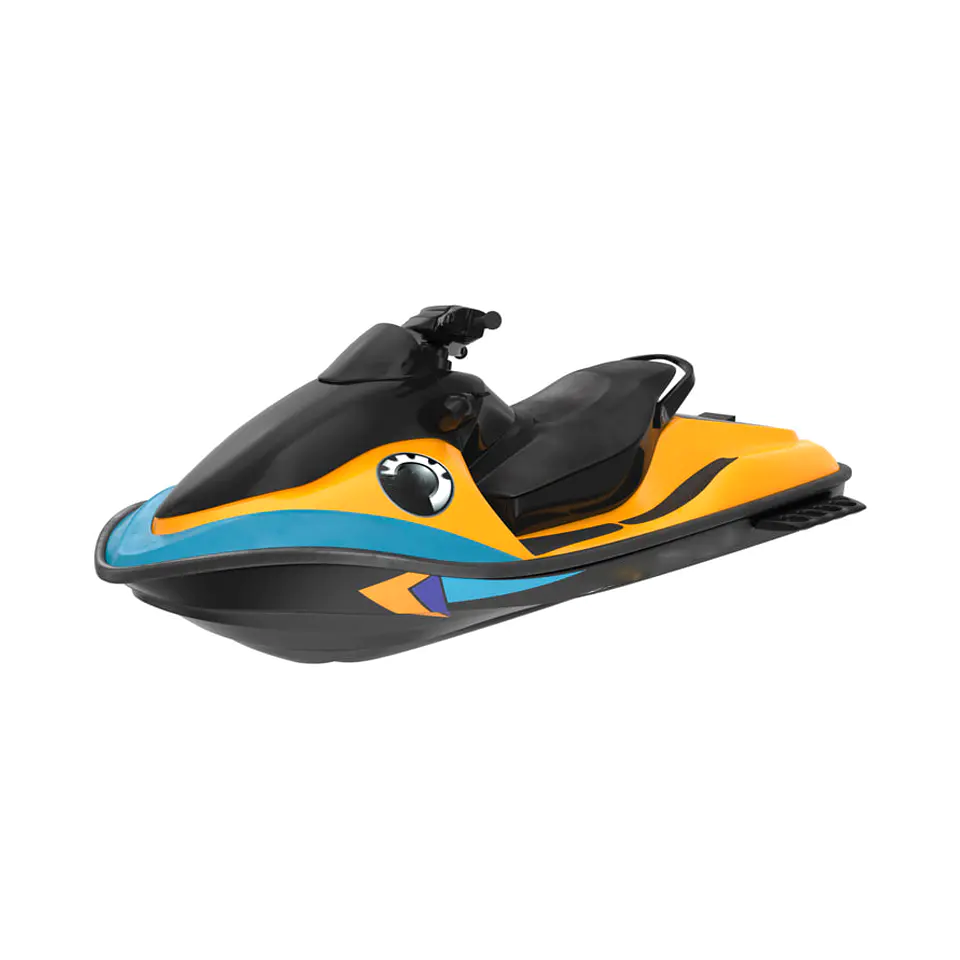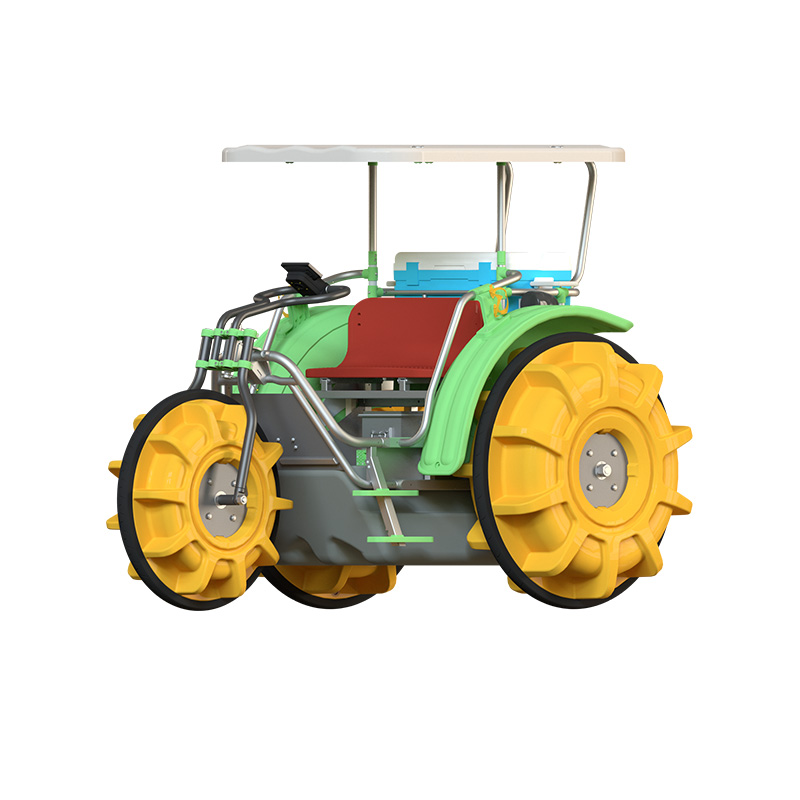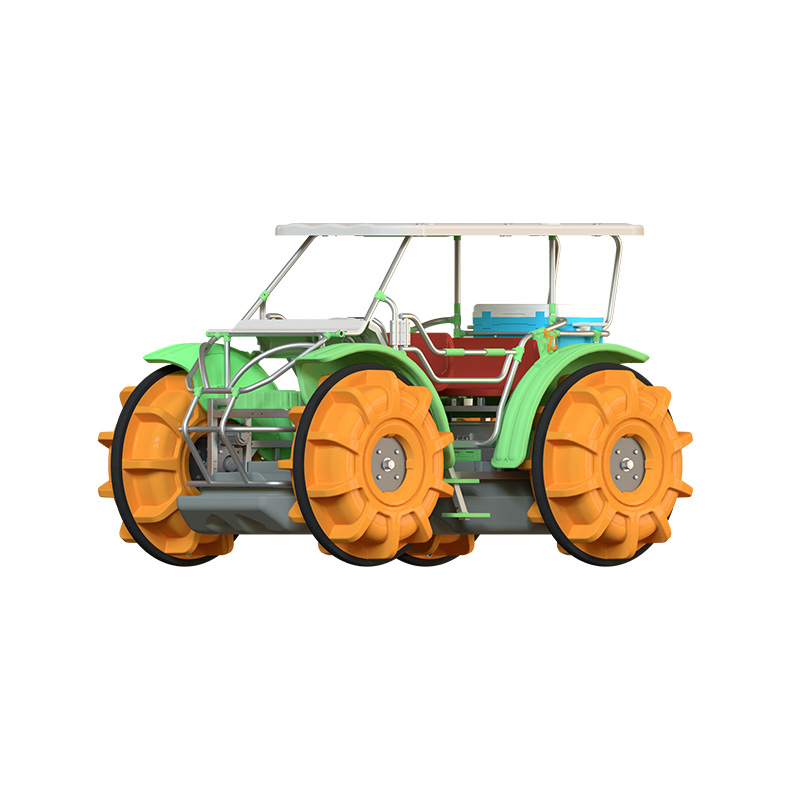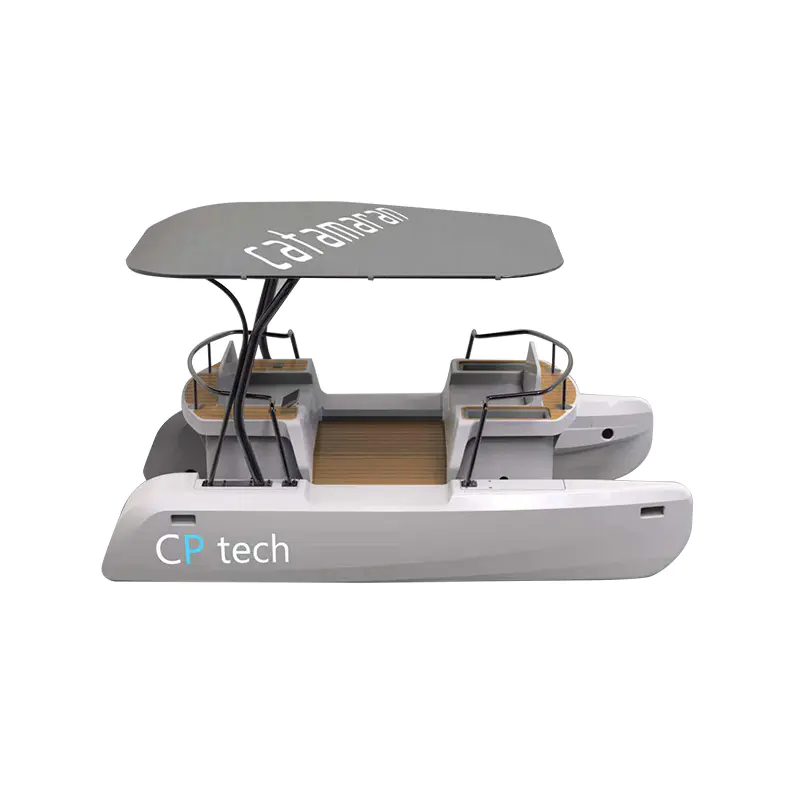Evaluating the Environmental Impact of Paddle Boat With Electric Motor
2025-04-18
As global attention continues to focus on reducing environmental footprints across industries, the maritime and recreational boating sectors are undergoing a meaningful transformation. One innovation that stands out in this transition is the Paddle Boat With Electric Motor. By combining human-powered paddling with quiet and emission-free electric propulsion, this hybrid vessel offers a more sustainable alternative to traditional gasoline-powered small boats.

Lower Emissions and Cleaner Operation
A primary environmental advantage of the Paddle Boat With Electric Motor lies in its minimal emissions. Unlike internal combustion engines that release carbon dioxide, hydrocarbons, and particulate matter into the air and water, electric motors produce no tailpipe emissions during operation. For users who paddle part of the time and rely on the motor only as needed, the total emissions generated over a season can be significantly lower than even a low-horsepower gasoline engine.
This reduced emissions profile makes the Paddle Boat With Electric Motor ideal for use in urban lakes, rivers, and protected waterways where air quality and water purity are critical. In areas with stringent environmental regulations—such as wildlife sanctuaries or national parks—the boat's quiet, non-polluting nature helps maintain ecosystem balance without sacrificing user experience.
Reduced Noise Pollution
Noise pollution is often overlooked in environmental assessments, yet it plays an important role in aquatic ecosystem health. Traditional outboard motors can produce continuous noise levels that disturb both aquatic and avian species. In contrast, the Paddle Boat With Electric Motor operates at a nearly silent level, especially when compared to conventional boats. The electric motor emits a soft hum that does not disrupt the underwater soundscape or interfere with the communication and navigation of marine life.
This characteristic of the Paddle Boat With Electric Motor makes it particularly suitable for bird-watching, eco-tourism, and educational tours in fragile habitats, where preserving the natural acoustic environment is essential. For conservation-oriented users, this quiet operation allows for respectful interaction with nature without causing stress to animals.
Energy Efficiency and Battery Considerations
The energy efficiency of the Paddle Boat With Electric Motor is another contributor to its lower environmental impact. Electric motors are generally more efficient at converting stored energy into propulsion than internal combustion engines. For example, while a gasoline motor may convert only 20-30% of its fuel into forward motion, an electric motor can achieve efficiency levels of 70% or more. This means that, for the same amount of usable energy, the environmental toll—especially in terms of fuel extraction, refining, and transportation—is greatly reduced.
However, the source of electricity used to charge the batteries also affects the overall environmental impact. If a Paddle Boat With Electric Motor is charged using electricity from renewable sources such as solar, wind, or hydroelectric power, its lifecycle emissions can be nearly zero. On the other hand, if it relies on grid electricity generated from fossil fuels, the indirect emissions are higher, though still typically lower than direct emissions from fuel-burning engines.
Battery selection and disposal also matter. Many Paddle Boat With Electric Motor models use lithium-ion batteries, which offer high energy density and long cycle life. Proper recycling of these batteries at the end of their lifespan is crucial for environmental harm. Manufacturers and users alike must ensure compliance with safe disposal practices to prevent soil and water contamination.

 English
English  русский
русский  عربى
عربى 









